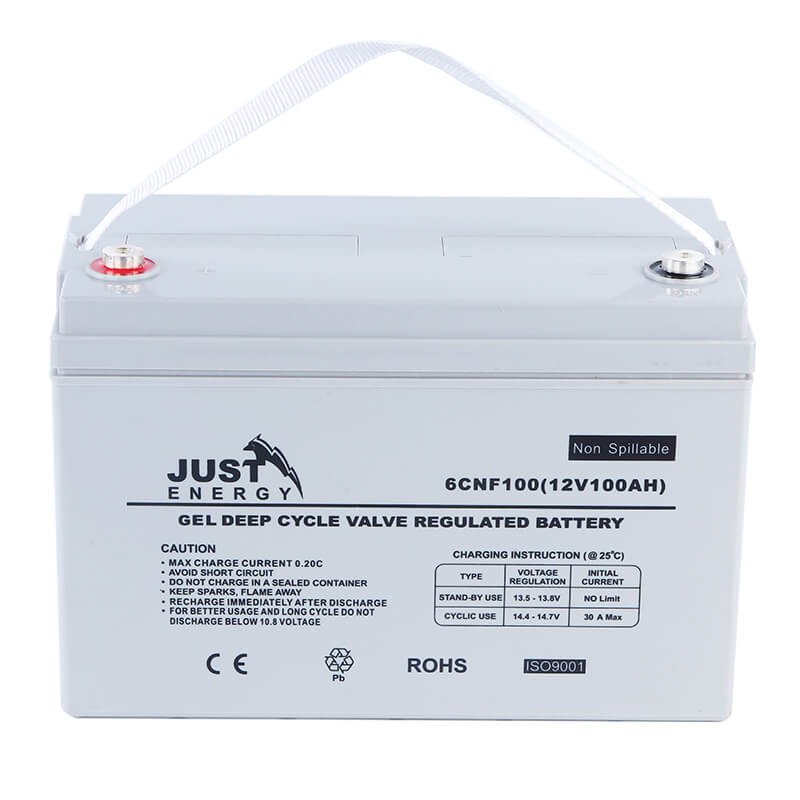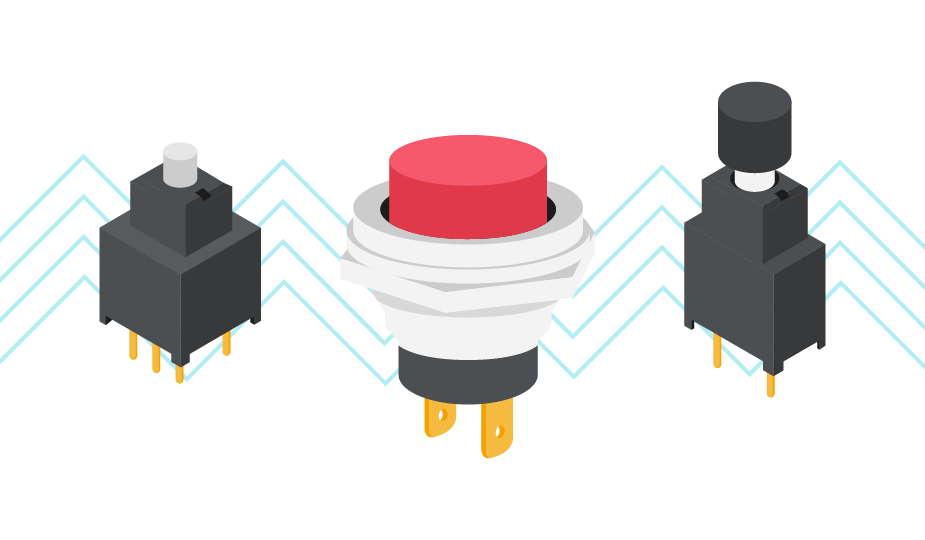As for contactor construction, what do you know? Today, this article will introduce contactor construction from coil, enclosure, contacts, spring mechanism, frame, and arc chute.


Contactor construction – Coil
The coil is the heart of a contactor, responsible for creating the magnetic field that drives the contactor’s operation. When an electrical current passes through the coil, it generates a magnetic field, which in turn pulls the armature towards the contacts, causing them to close and complete the circuit. The coil can be designed for either AC or DC voltage, depending on the application. The coil’s design and voltage rating are critical as they determine the contactor’s responsiveness and the power it can control. In AC contactors, shading rings may be used with the coil to ensure smooth operation without humming or chattering.
Contactor construction – Enclosure
The enclosure of a contactor serves as its protective housing, safeguarding the internal components from external environmental factors such as dust, moisture, and mechanical damage. The material of the enclosure can vary, including options such as plastic, metal, or composite materials, depending on the application and required durability. The design of the enclosure also plays a significant role in heat dissipation, ensuring that the contactor operates efficiently without overheating. In industrial applications, enclosures may also provide additional features such as flame retardance or explosion-proof characteristics, depending on the operational environment.
Contactor construction – Contacts
The contacts are the actual switching elements within the contactor, responsible for opening and closing the electrical circuit. There are typically two sets of contacts: the main contacts and auxiliary contacts.
- Main Contacts: These carry the load current and are designed to handle high power, making them robust and durable. When the coil is energized, the armature moves, closing the main contacts and allowing current to flow through the load.
- Auxiliary Contacts: These are smaller and carry lower currents, typically used for control circuits, signaling, or interlocking purposes.
The materials used for contacts are usually alloys of silver or other conductive metals, chosen for their ability to withstand high currents and minimize wear and tear due to arcing. Proper contact design and material selection are essential to ensure long life and reliable operation.
Contactor construction – Spring Mechanism
The spring mechanism in a contactor plays a crucial role in the movement and positioning of the contacts. When the coil is de-energized, the spring ensures that the contacts return to their original, open position. This action is critical for the contactor’s reliability, as it ensures that the circuit is interrupted correctly when needed. The spring must be carefully designed to provide the right amount of force—strong enough to break the circuit, but not so strong as to impede the operation of the contactor. Over time, the spring mechanism is subject to wear, and its performance can affect the overall functionality of the contactor.
Contactor construction – Frame
The frame is the structural foundation of the contactor, providing support for all the internal components. It holds the coil, contacts, spring mechanism, and other parts in place, ensuring they remain aligned and operate correctly. The frame must be strong and durable, capable of withstanding the mechanical forces generated during the contactor’s operation. It is typically made from materials such as steel or reinforced plastic, chosen for their strength, rigidity, and ability to endure the operational stresses of switching high currents.
Contactor construction – Arc Chute

The arc chute is a critical safety component within the contactor, designed to manage and extinguish the electrical arc that forms when the contacts open. When a circuit is interrupted, an arc can form between the contacts due to the sudden break in current. This arc can cause significant damage to the contacts and other components if not properly controlled. The arc chute guides the arc into a series of metal plates or grids, where it is cooled and split into smaller arcs, eventually dissipating safely. This process not only protects the contactor from damage but also ensures the safe interruption of the electrical circuit, preventing potential hazards such as fires or explosions.
Conclusion
The construction of a contactor is a sophisticated blend of engineering designed to ensure reliable, safe, and efficient operation in a variety of electrical applications. Each component, from the coil to the arc chute, plays a vital role in the contactor’s performance, durability, and safety. Understanding these components and their functions is essential for selecting the right contactor for specific applications, ensuring that the electrical systems operate smoothly and without interruption.






